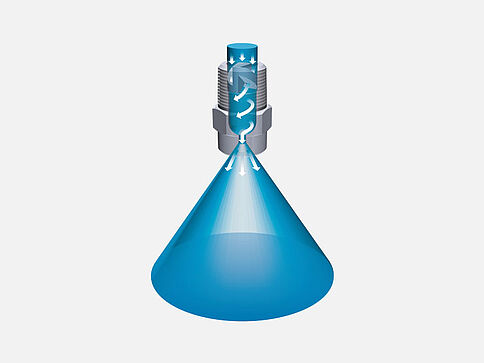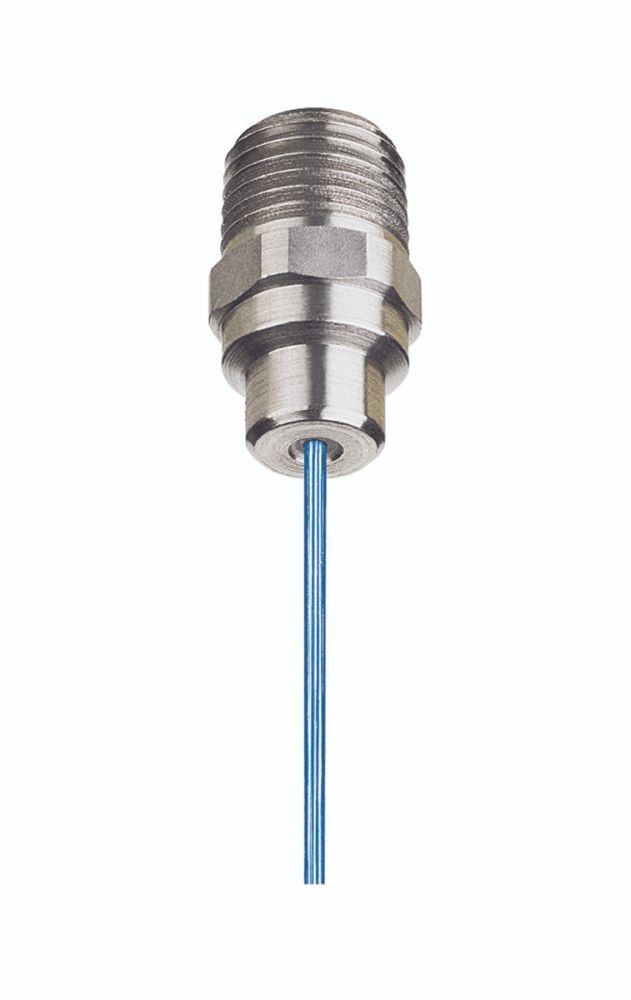The Ultimate Guide To Lawn Sprayer Nozzles
The Ultimate Guide to Lawn Sprayer Nozzles
Lawn sprayer nozzles are an essential part of any lawn care routine. They allow you to apply herbicides, fertilizers, and other treatments evenly and efficiently. But with so many different types of nozzles on the market, it can be tough to know which one is right for you.
In this guide, we'll take a look at the different types of lawn sprayer nozzles, and help you choose the right one for your needs. We'll also discuss how to properly attach and use nozzles, and how to clean and maintain them.
Types of Lawn Sprayer Nozzles
There are four main types of lawn sprayer nozzles:
- Flat fan nozzles produce a wide, flat spray pattern. They are ideal for applying herbicides and fertilizers to large areas of turf.

- Hollow cone nozzles produce a conical spray pattern with a hollow center. They are ideal for applying pesticides and fungicides to specific areas of turf.

- Full cone nozzles produce a conical spray pattern with a solid center. They are ideal for applying herbicides and fertilizers to small areas of turf.

- Solid stream nozzles produce a narrow, straight stream of liquid. They are ideal for applying herbicides and fertilizers to very specific areas of turf.

Choosing the Right Nozzle
The type of nozzle you choose will depend on the type of treatment you are applying, the size of the area you need to treat, and the desired application rate.
If you are applying a broadleaf herbicide to a large area of turf, you will need a flat fan nozzle. If you are applying a contact pesticide to a specific area of turf, you will need a hollow cone nozzle. If you are applying a fertilizer to a small area of turf, you will need a full cone nozzle. And if you are applying a herbicide or fertilizer to a very specific area of turf, you will need a solid stream nozzle.
Attaching and Using Nozzles
Most lawn sprayers come with a variety of nozzles that can be attached to the sprayer wand. To attach a nozzle, simply unscrew the old nozzle from the wand and screw on the new nozzle. Be sure to tighten the nozzle securely so that it does not come loose during use.
Once the nozzle is attached, you can fill the sprayer tank with the desired treatment. Then, simply turn on the sprayer and adjust the nozzle to the desired setting.
Cleaning and Maintaining Nozzles
After each use, it is important to clean your lawn sprayer nozzles. This will help to prevent clogs and ensure that your nozzles work properly the next time you use them.
To clean a lawn sprayer nozzle, simply remove it from the sprayer wand and soak it in a mild detergent solution. Then, rinse the nozzle with clean water and dry it with a towel.
You should also inspect your nozzles regularly for signs of wear and tear. If a nozzle is damaged, it should be replaced immediately.
Conclusion
Lawn sprayer nozzles are an important part of any lawn care routine. By choosing the right nozzle for your needs and properly attaching, using, and cleaning them, you can ensure that your lawn gets the treatment it needs to stay healthy and beautiful.
Are you looking for the best lawn sprayer nozzles for your needs? If so, you've come to the right place! Garden Wiki offers a wide variety of lawn sprayer nozzles, so you're sure to find the perfect one for your application. Whether you need a nozzle for watering your lawn, applying herbicides, or fertilizing your plants, Garden Wiki has you covered.
In addition to a wide selection of nozzles, Garden Wiki also offers helpful information on how to choose the right nozzle for your needs. Their blog posts and articles cover topics such as nozzle types, nozzle sizes, and nozzle pressure. They even have a handy nozzle selector tool that can help you find the perfect nozzle for your sprayer in just a few clicks.
So what are you waiting for? Visit Garden Wiki today to learn more about lawn sprayer nozzles and find the perfect one for your needs!
FAQ of lawn sprayer nozzles
- What are the different types of lawn sprayer nozzles?
There are many different types of lawn sprayer nozzles available, each with its own unique purpose. Some of the most common types include:
- Stream nozzles: These nozzles produce a narrow, concentrated stream of water that is ideal for watering small areas or applying pesticides.
- Fan nozzles: These nozzles produce a wider, fan-shaped spray that is ideal for watering larger areas or applying fertilizers.
- Rotary nozzles: These nozzles produce a circular spray pattern that is ideal for watering evenly and preventing runoff.
- Concentric nozzles: These nozzles produce a series of overlapping circles that create a uniform spray pattern.
- Drip nozzles: These nozzles produce a very fine mist that is ideal for watering plants without damaging them.
- How do I choose the right lawn sprayer nozzle for my needs?
The right lawn sprayer nozzle for you will depend on a number of factors, including the size of your lawn, the type of plants you have, and the type of application you are using the nozzle for.
If you have a small lawn, you may be able to get away with using a stream nozzle. However, if you have a larger lawn, you will need a fan nozzle or rotary nozzle to ensure that your lawn is evenly watered.
If you are applying pesticides, you will need to use a stream nozzle to ensure that the pesticide is applied directly to the target area. However, if you are applying fertilizer, you can use a fan nozzle or rotary nozzle.
- How do I change the nozzle on my lawn sprayer?
Changing the nozzle on your lawn sprayer is usually a very simple process. First, locate the nozzle adjustment knob. This knob is usually located on the end of the sprayer wand.
Once you have located the nozzle adjustment knob, turn it to the desired setting. The settings will vary depending on the type of nozzle you are using.
Once you have turned the nozzle adjustment knob to the desired setting, you can test the spray pattern by spraying the lawn. If the spray pattern is not what you want, you can adjust the nozzle adjustment knob until you get the desired pattern.
- How often should I clean my lawn sprayer nozzle?
You should clean your lawn sprayer nozzle regularly to prevent clogs and ensure that it is working properly. To clean your nozzle, you will need to disassemble it and remove the small screen that is located inside the nozzle.
Once you have removed the screen, you can clean it with a mild detergent and water. Be sure to dry the screen thoroughly before reassembling the nozzle.
- How do I store my lawn sprayer nozzle?
When you are not using your lawn sprayer nozzle, you should store it in a cool, dry place. This will help to prevent the nozzle from corroding or becoming damaged.
You should also store the nozzle in a way that prevents it from becoming clogged. If you are storing the nozzle in a container, be sure to rinse it out with water first.
Image of lawn sprayer nozzles
- Flat fan nozzle: This nozzle produces a wide, flat spray pattern that is ideal for evenly covering a large area.

- Hollow cone nozzle: This nozzle produces a conical spray pattern that is ideal for reaching hard-to-reach areas, such as under leaves or around shrubs.

- Full cone nozzle: This nozzle produces a full, circular spray pattern that is ideal for applying herbicides or pesticides.

- Solid stream nozzle: This nozzle produces a narrow, concentrated spray stream that is ideal for applying fertilizers or spot treatments.

- Adjustable nozzle: This nozzle allows you to change the spray pattern from flat fan to hollow cone to full cone.

Post a Comment for "The Ultimate Guide To Lawn Sprayer Nozzles"